This post will show you how Korea looked during different time periods.
The photographs are categorized by Joseon Dynasty, Japanese occupation and Korean War.

Korea has had a busy hundred plus years.
The country has transitioned from feudalism, being colonized, division, war, dictatorship, bankruptcy to democracy since 1890. Most impressively, Korea grew from one of the poorest to one of the richest countries in the world with dominant pop culture and technology in half a century.
These photos capture some of these changes.
Korea during Joseon 1890-1910
Daily Life
Daily life in Korea hardly changed at all for hundreds of years under the Neo-Confucianist ideals of the Joseon Dynasty 1392-1897.
There were four main classes in ascending order of status, Cheonmin (outsiders), Sangmin (commoners), Chungin (middle class) and Yangban (nobility).
80% of society fell under the Sangmin category. They consisted of peasants, artisans, fisherman and merchants who paid taxes, served in the army and performed statute labor(intermittent and unpaid) for public works.
The Yangban who made up 10% of the population ruled society, didn’t pay taxes and weren’t exactly beloved by other classes.
Chungin were a small but vital part of Korea that consisted of skilled labor.
Cheonmin was the lowest class that included slaves (government-owned slaves were emancipated in 1801), butchers, ditchdiggers and Gisaeng (female entertainers).
The pictures below include members from each of these classes.

Women doing laundry in the countryside. Library of Congress Prints and Photos, Frank and Francis Carpenter Collection

Jangjak (firewood) sellers. Photo by Herbert G. Ponting

Former general rolls around in style. Not sure why he uses a wheel, but it might be to make it easier for his attendants. Library of Congress Prints and Photos, Frank and Francis Carpenter Collection

Woman most likely carrying water in the countryside. Library of Congress Prints and Photos, Frank and Francis Carpenter Collection

Man being punished by government officials. The device is meant to make one kneel in a bowing position as penance. Library of Congress Prints and Photos, Frank and Francis Carpenter Collection

Happy men milling barley on the streets of Chemulpo (present day Incheon). Photo by Herbert G. Ponting
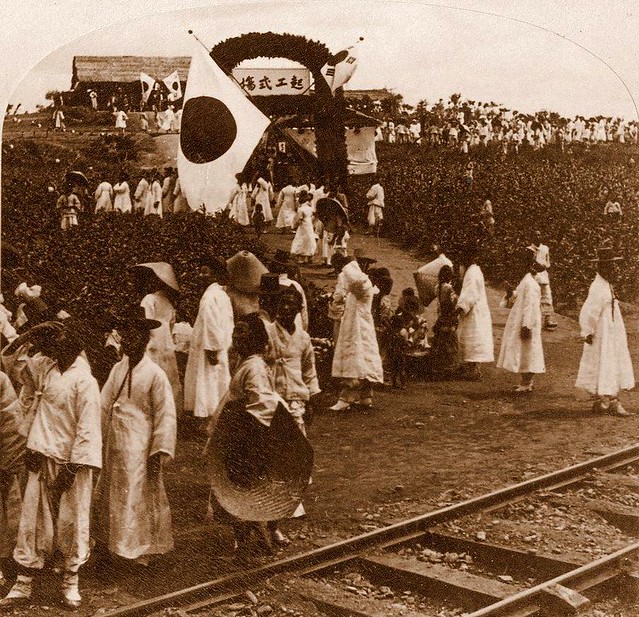
Groundbreaking ceremony for Japanese Keijō–Fuzan railway in Korea. Even before colonizing Korea, the Japanese government was gradually stepping up their influence in Korea. Photo by Herbert G. Ponting

Mountain men sell pottery on a road outside of Seoul. Photo by Unknown
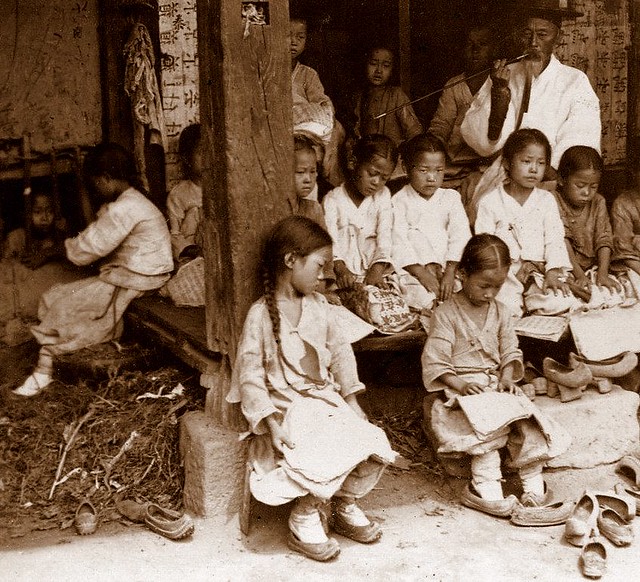
Disobedient children being educated. Not sure why the girl is behind bars in the lower left corner, but it must have been something serious. Not all of these children were naughty, some probably couldn’t pay their tuition and were punished in this way. Photo by Herbert G. Ponting

Yangbang and their attendants in the countryside. Photo by Unknown

Photo by Herbert G. Ponting

Educators and their students. Photo by Unknown

Library of Congress Prints and Photos, Frank and Francis Carpenter Collection

Tiger hunters outside of Seoul. Photo by Herbert G. Ponting

Women relaxing while smoking and gambling. Photo by Herbert G. Ponting

A view from a wall in Seoul. Photo by Herbert G. Ponting

Photo by Unkown

This woman is most likely a Gisaeng or entertainer not unlike Geisha in Japan. They were also known as accomplished poets. Photo by Unknown

Port settlement on the Han River known as Yong Sung. Photo by Herbert G. Ponting
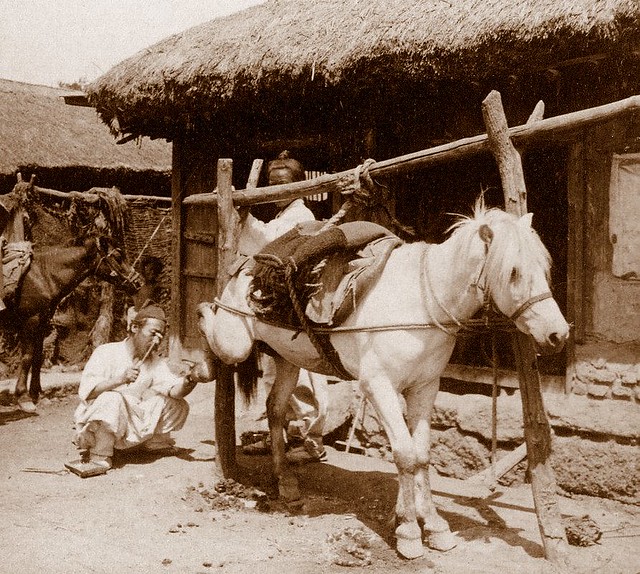
Blacksmith taking the highest precautions while shoeing a horse. Photo by Herbert G. Ponting

Government ministers. Photo by Herbert G. Ponting

Some things never change. Women trying out a new form of sun blocker. Photo by Unknown

Stone pagoda gifted from China. Library of Congress Prints and Photos, Frank and Francis Carpenter Collection

Orphanage for the blind and destitute. Photo by Unknown

The first electric trolley car in Seoul going through the West Gate, which was destroyed during the Japanese Occupation. Photo by Unknown

Women enjoying a traditional Korean seesaw (널뛰기). Photo by Unknown

Men peddling firewood. Library of Congress Prints and Photos, Frank and Francis Carpenter Collection

Yangbang archers. Photo by Herbert G. Ponting

A road in old Busan. Library of Congress Prints and Photos, Frank and Francis Carpenter Collection
Royal Family
The royal family lived very different lives from everyone else.
Royalty lived separate from commoners and had limited contact with them. The faces of the King and Queen were unknown to people outside the palace until after death. Portraits of royals were only revealed to the public until after they had passed away.
Royalty mainly interacted with ministers who advised them and servants who attended to them.
Punishments for those who disrespected the King and Queen were often death and the annihilation of the 3 generations of their family. The following pictures of the Queen and King are unprecedented.

One of the last known photographs of the Empress Myeong Seong (명성황후). Library of Congress Prints and Photos, Frank and Francis Carpenter Collection

One of the last known photographs of the Emperor Yung Hui or Sunjong (순종) dressed as a Korean general. Library of Congress Prints and Photos, Frank and Francis Carpenter Collection

Royal Court Gisaeng. Library of Congress Prints and Photos, Frank and Francis Carpenter Collection

One of the Royal Guards to the Empress. Library of Congress Prints and Photos, Frank and Francis Carpenter Collection

General prince Min Yun Huan Commander in Chief of Korean Army Seoul. Photo by Unknown

Korean Minister of War. Photo by Unknown

The funeral of Empress Myeong Seong. Library of Congress Prints and Photos, Frank and Francis Carpenter Collection

Korea during Japanese Occupation 1910-1927
Daily Life
Life under Japanese rule was harsh. Japan accelerated industrialization and construction of public works in Korea at the expense of the local populace. Koreans were not given a say in what was built or where, and these projects were used to extract resources such as lumber to enrich Japan.
The ultimate goal was to assimilate Koreans into the empire by erasing their language and culture. Koreans were given Japanese names, forced to learn the language and worship at Shinto shrines.
170,000 Japanese settlers, including merchants and farmers, moved to Korea with the encouragement of the Japanese government.
The Japanese Land Survey Bureau established ownership of land on the basis of written proof (deeds, titles, and similar documents) that many Koreans could not produce, since most had verbal agreements of ownership. This allowed Japanese landlords to lay claim to vast areas of Korean land. By 1932, Japanese people controlled 52.7% of arable land in Korea. Many former Korean landowners became tenant farmers on the properties they used to own.
Peasants were forced to work on the railroads, pay exorbitantly high taxes and surrender excess rice to the Japanese during the shortage of 1918. 725,000 Koreans were recruited to work in Japan.
An independence movement began as soon as the occupation started with anti-Japanese rallies taking place nationwide. The Japanese government oppressed these movements violently whenever they occurred. These demonstrations did end some of the harsher aspects of Japanese rule. For example, the military police were replaced by a civilian force and freedom of the press was allowed to some extent.
Korean resistance fighters formed groups, known as righteous armies (similar to the ones during the Imjin Wars 1592-1598), and even joined the former Korean army in attempts to free the country.
Korea was finally liberated after World War II when the allies forced Japan to surrender all of its colonies.
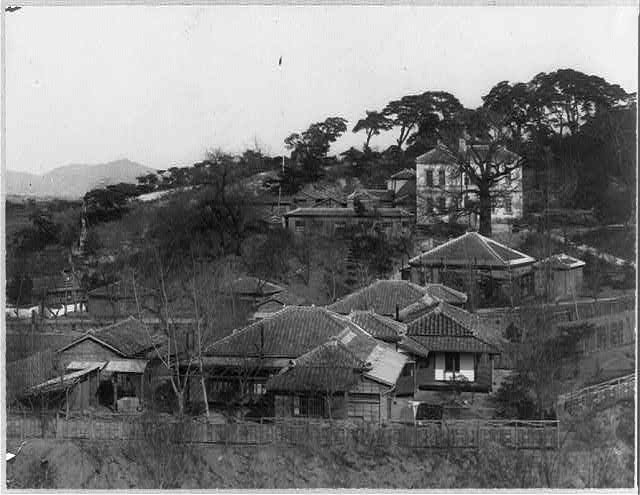
Ito’s House. An old Japanese Legation building on Namsan in Seoul. Library of Congress Prints and Photos, Frank and Francis Carpenter Collection

Totems meant to repel demons on a road outside of Seoul. Library of Congress Prints and Photos, Frank and Francis Carpenter Collection

More shamanistic totems that people prayed to. Photo by Herbert G. Ponting

Noble boy engaged to be married. Library of Congress Prints and Photos, Frank and Francis Carpenter Collection

Buddhist monk. Library of Congress Prints and Photos, Frank and Francis Carpenter Collection

Noble family. Library of Congress Prints and Photos, Frank and Francis Carpenter Collection
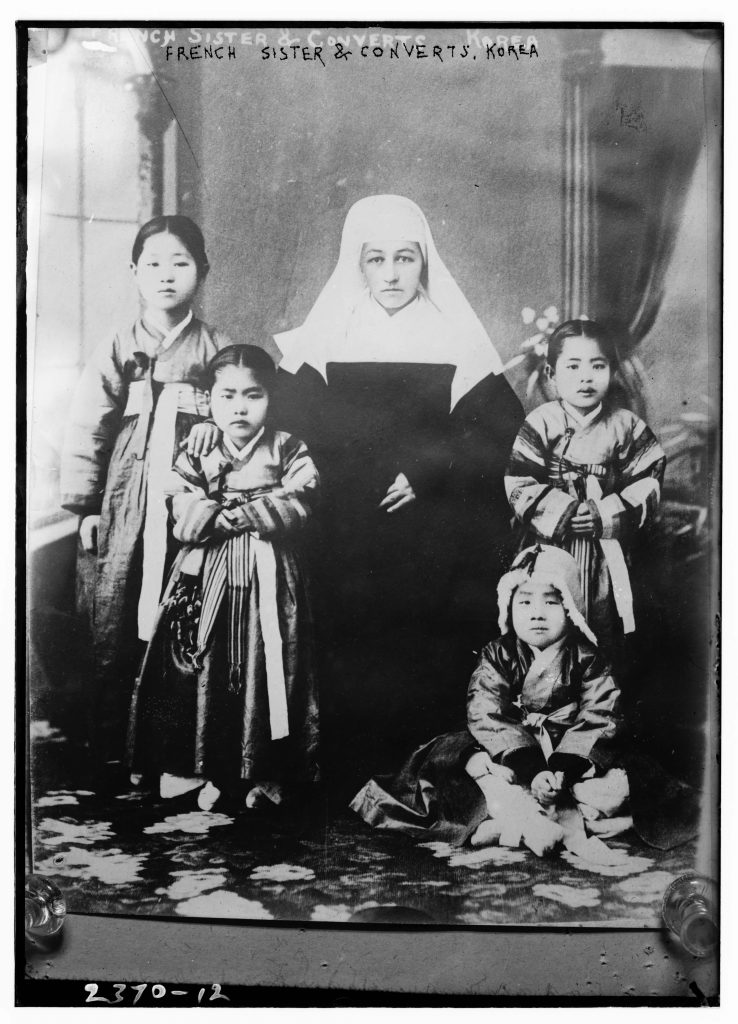
French nun and her converts. Library of Congress Prints and Photos, George Grantham Bain Collection

Government buildings in Seoul. Library of Congress Prints and Photos, Frank and Francis Carpenter Collection

Government buildings in Seoul. Library of Congress Prints and Photos, Frank and Francis Carpenter Collection

Women ironing clothes by beating them. Library of Congress Prints and Photos, Frank and Francis Carpenter Collection

Mother and daughter. Library of Congress Prints and Photos, Frank and Francis Carpenter Collection
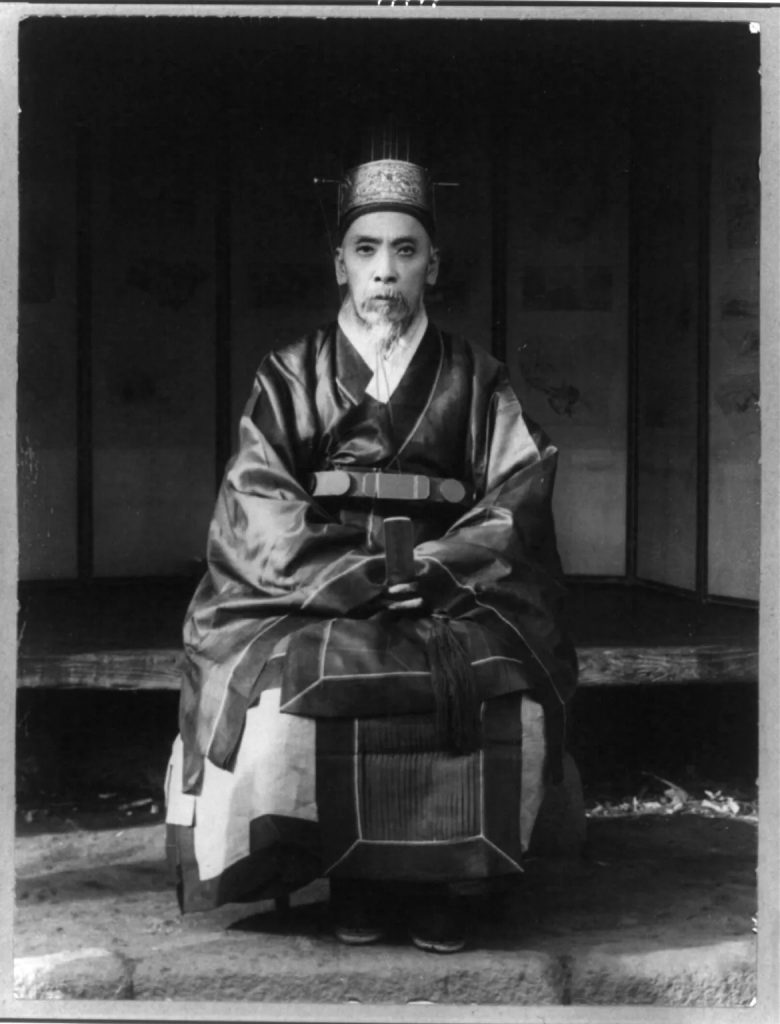
Old nobleman. Library of Congress Prints and Photos, Frank and Francis Carpenter Collection
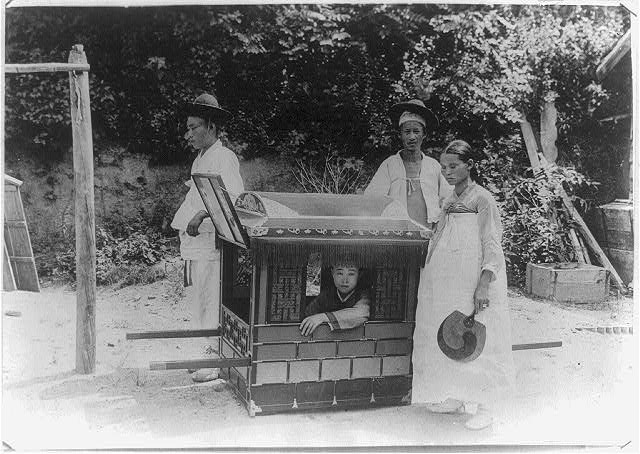
Lady riding a sedan chair and her attendants. Library of Congress Prints and Photos, Frank and Francis Carpenter Collection

Couple playing Baduk or Go (바둑). Library of Congress Prints and Photos, Frank and Francis Carpenter Collection

One of the first railway stations in Korea. Library of Congress Prints and Photos, Frank and Francis Carpenter Collection
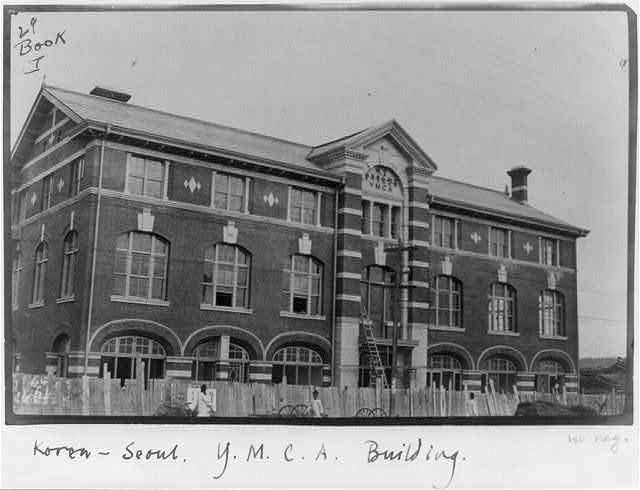
Seoul Y.M.C.A. building built in 1903. Library of Congress Prints and Photos, Frank and Francis Carpenter Collection

Electric trolley car in Seoul up close. Library of Congress Prints and Photos, Frank and Francis Carpenter Collection

An old telephone booth in Seoul. Library of Congress Prints and Photos, Frank and Francis Carpenter Collection
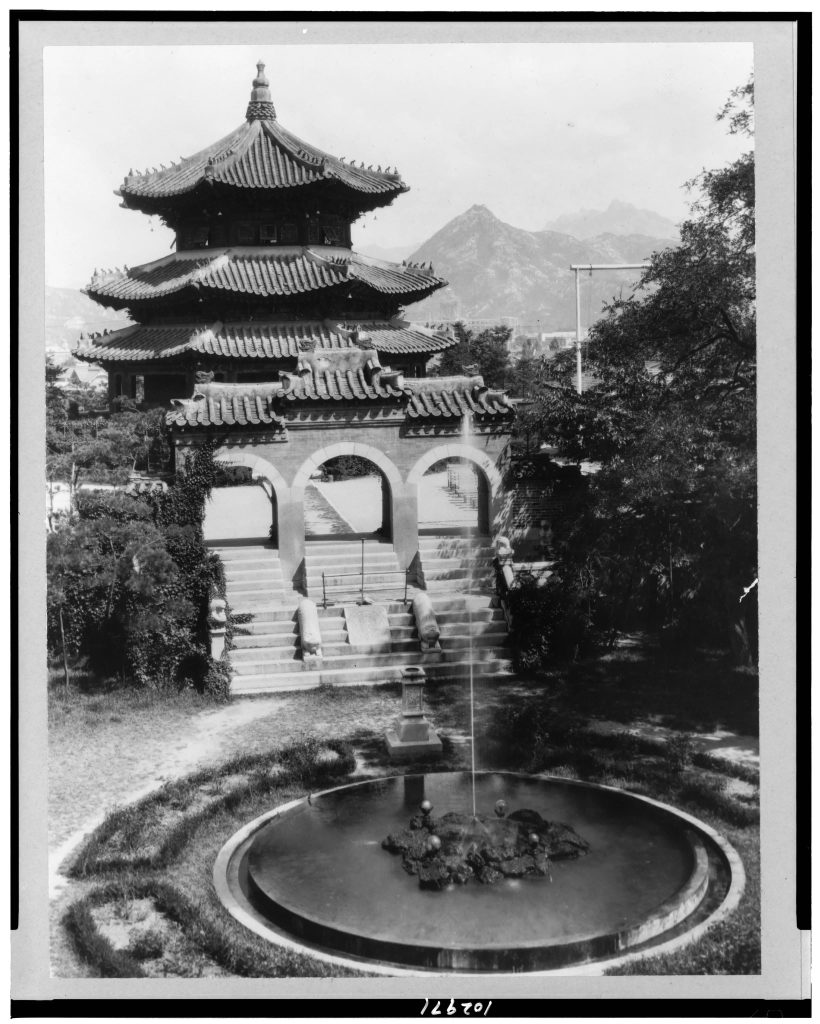
The Temple of Heaven in Seoul. Library of Congress Prints and Photos, Frank and Francis Carpenter Collection
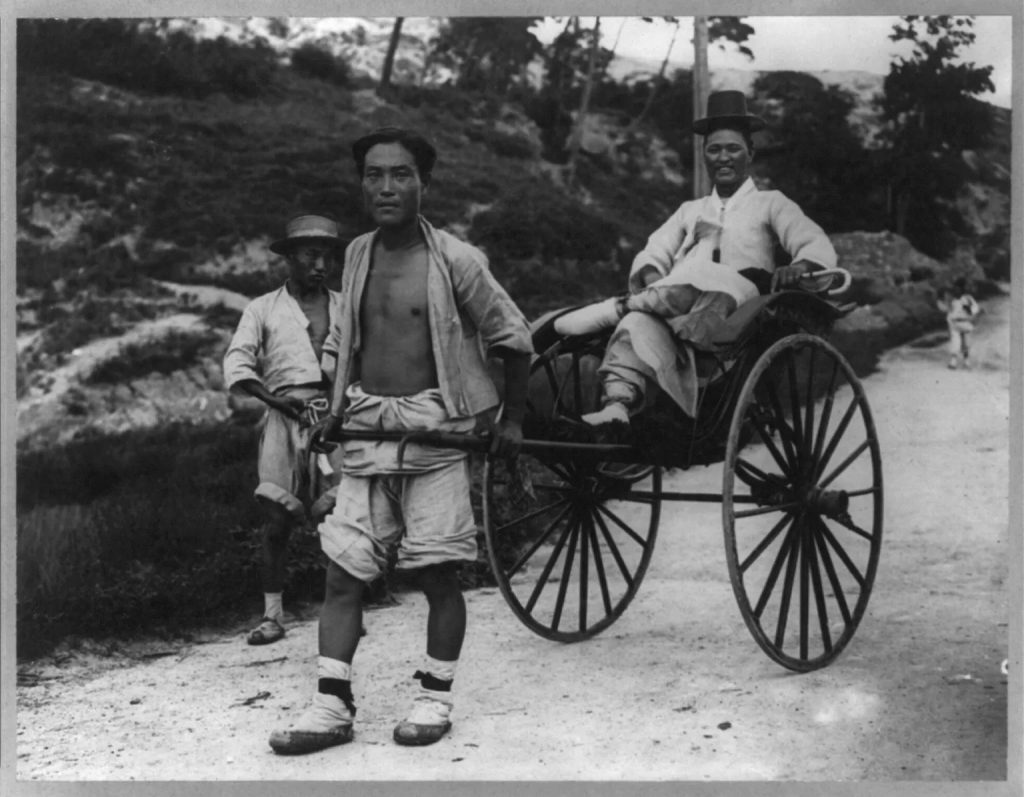
Yangban riding a rickshaw. Library of Congress Prints and Photos, Frank and Francis Carpenter Collection

Y.M.C.A. boys. Library of Congress Prints and Photos, Frank and Francis Carpenter Collection

Not Korea but Los Angeles, California. Korean National Association members celebrate Korean independence day in the 1930s. Los Angeles Public Library Photo Collection
Korea during the Korean War 1950-1953

Heavy artillery. Courtesy of Redditor Azurmyst
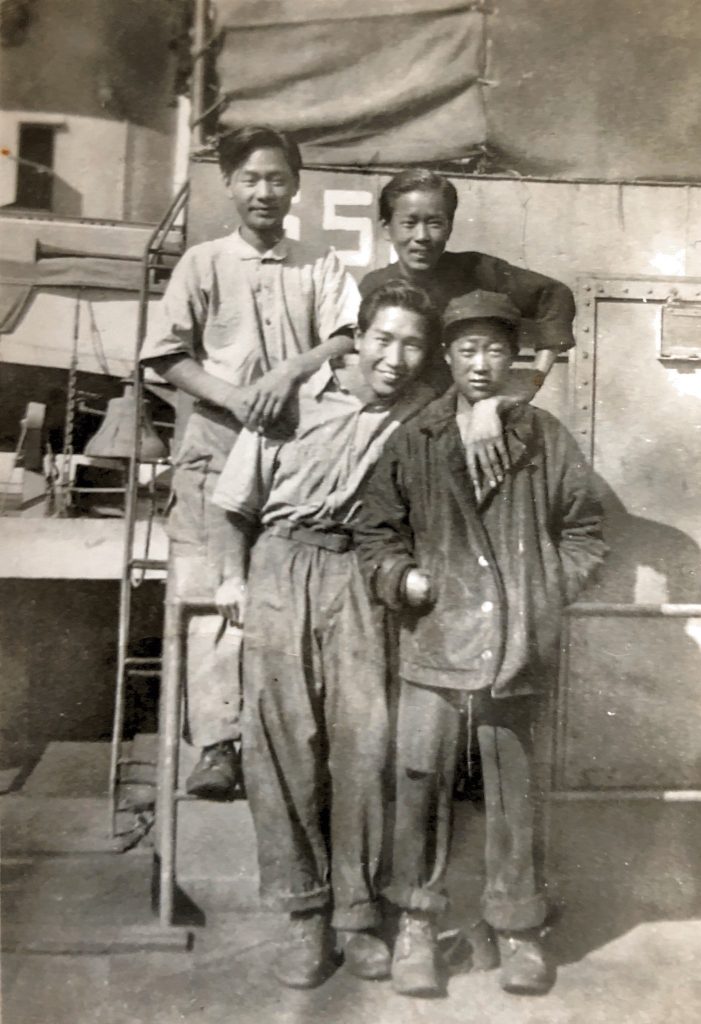
Brothers in arms. Courtesy of Redditor Azurmyst

Some serious ordinance. Courtesy of Redditor Azurmyst

How life was like for Koreans during the war. Courtesy of Redditor Azurmyst
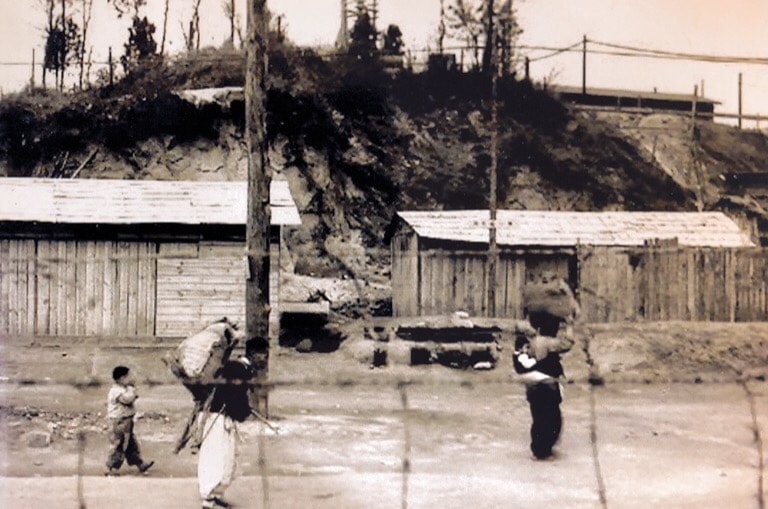
A refugee camp. Courtesy of Redditor Azurmyst

Soldiers boarding a train and some local children selling things. Courtesy of Redditor Azurmyst
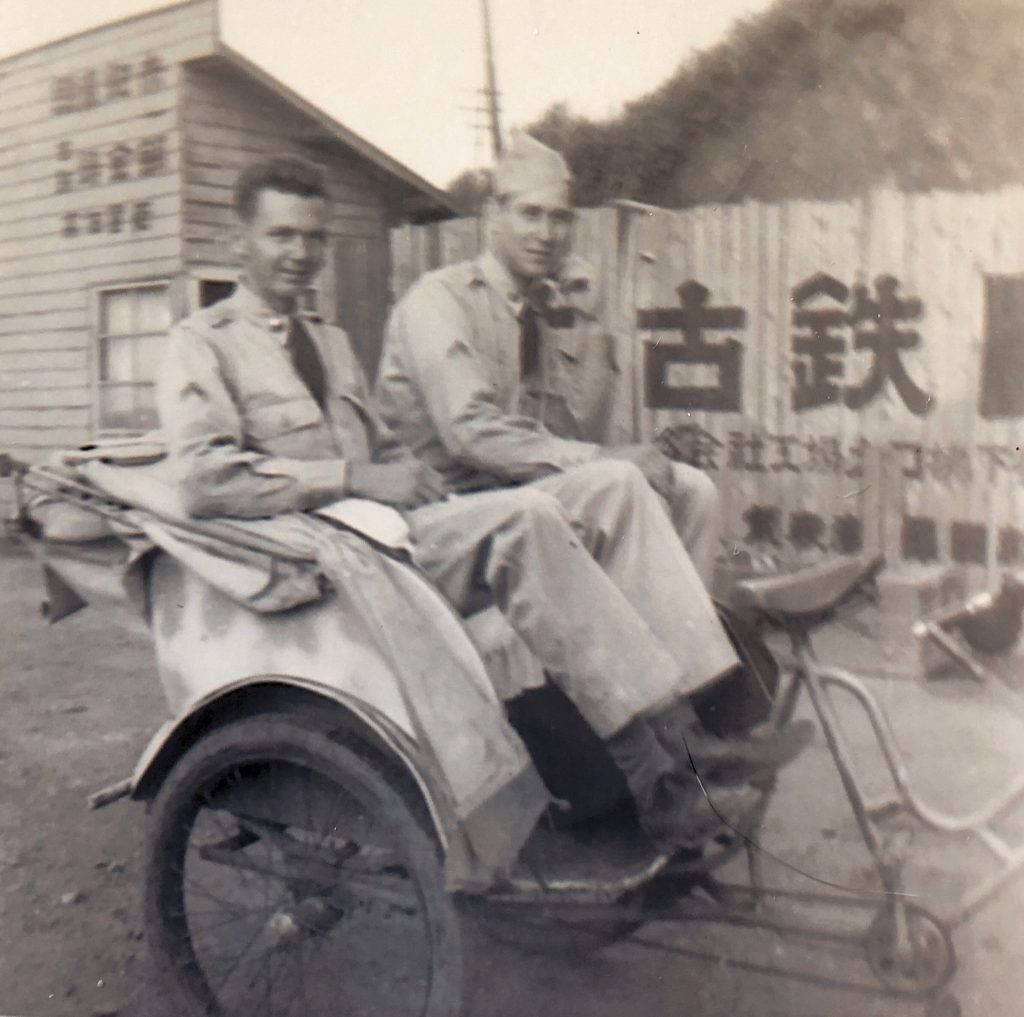
Rickshaw ride. Courtesy of Redditor Azurmyst

Courtesy of Redditor Azurmyst

Doing the tough jobs in winter. Courtesy of Redditor Azurmyst

Courtesy of Redditor Azurmyst

Soldiers relax during a moment of calm. Courtesy of Redditor Azurmyst
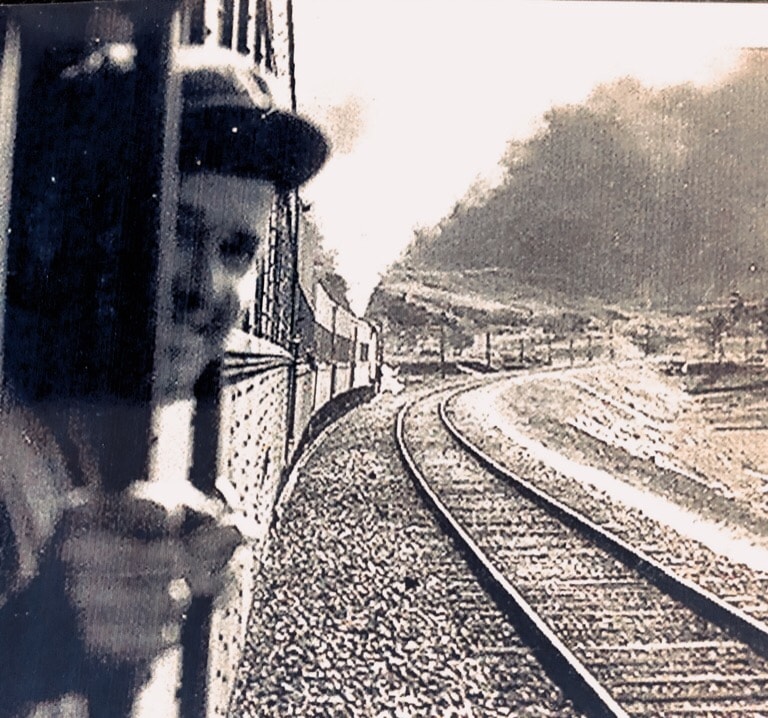
Courtesy of Redditor Azurmyst

Local children selling food. Courtesy of Redditor Azurmyst
Let’s Hear from You!
Korea has undergone impressive changes in the last century.
Now we want to hear from you.
Let us know your favorite photographs in the comments!



